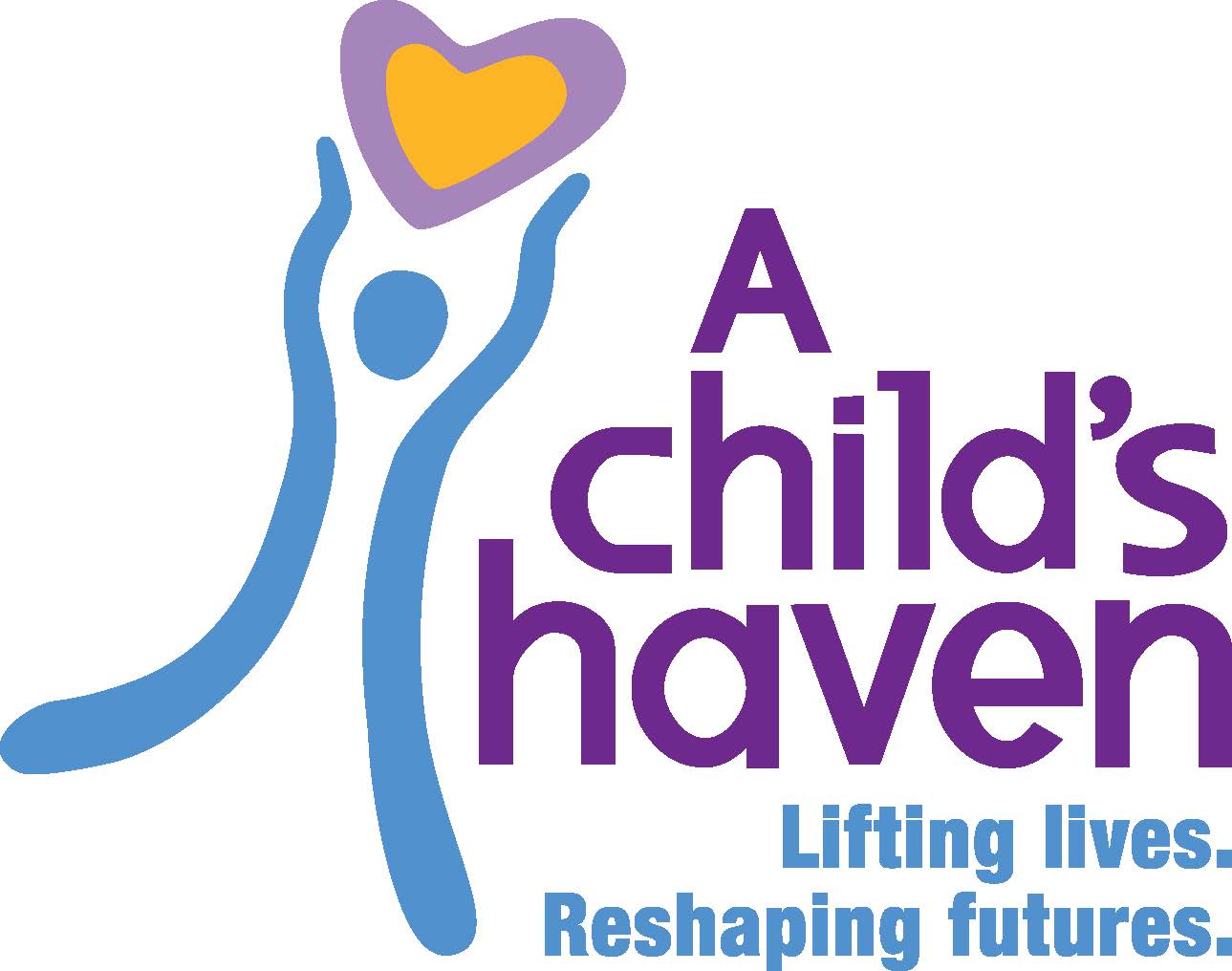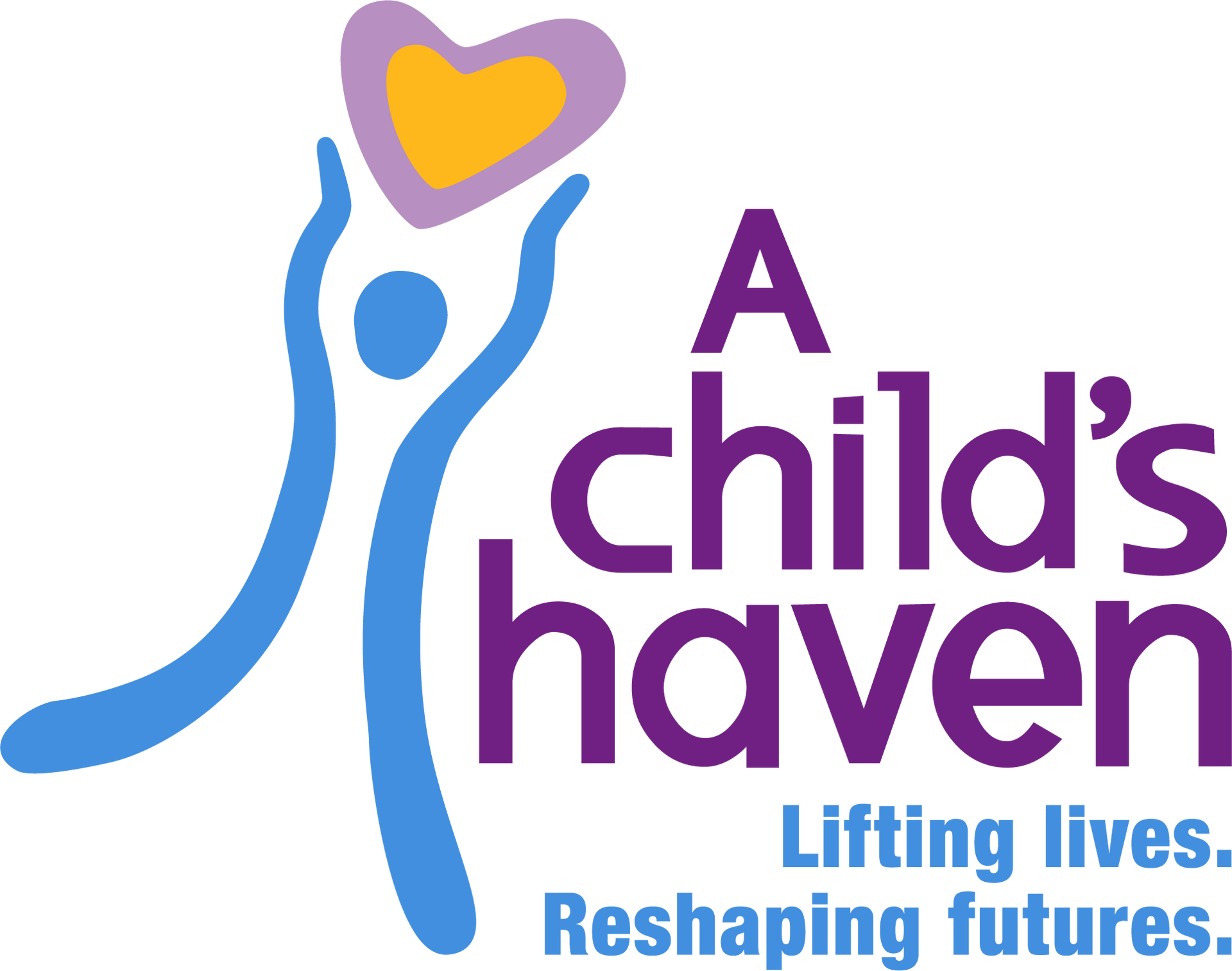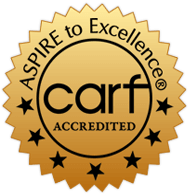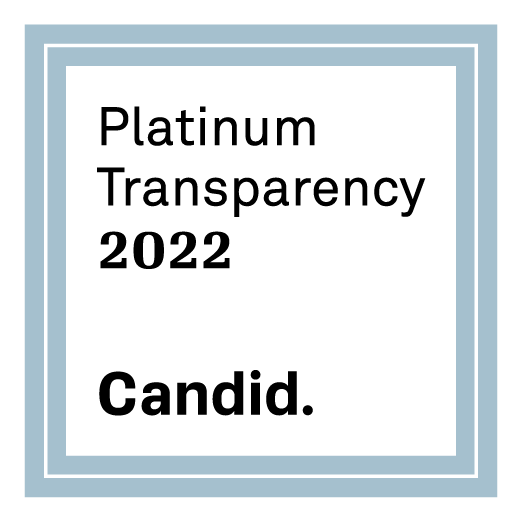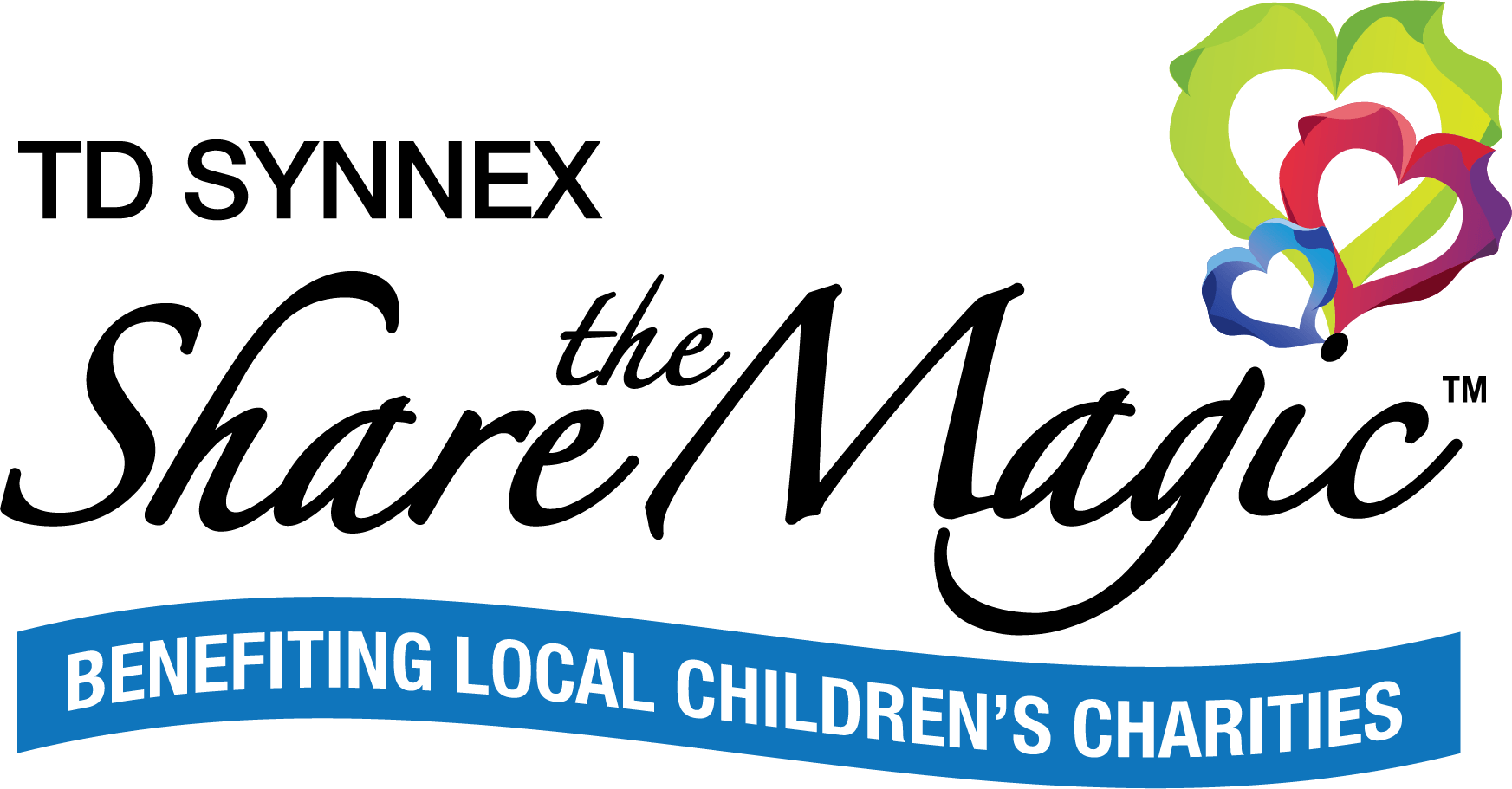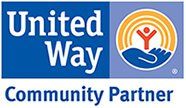Financials & Governance
We are accountable and transparent to our stakeholders
We value the trust you place in us as donors, volunteers, and community members. As such, we believe it’s incredibly important to be financially transparent. Explore the links below to see our strategic plan, 501(c)(3) documentation, and more.
Financials & governance
A Child’s Haven fiscal year is July 1 – June 30. Below are 990’s and audited financial statements from the past 5 years. Additionally, we believe in the importance of good governance, ethical management practices and accountability to donors. Below are policies that help us ensure we follow best practices in these areas.
The total treatment costs at A Child’s Haven for one family served through our comprehensive therapeutic approach is $58,000. This is inclusive of investing in the whole child: child – onsite individual and group counseling (therapeutic child care), weekly parent home visiting and education groups, transportation and two meals and a snack per day for each child.
Research has shown that for every $1 spent on quality child care, $13 is returned to the public treasury and for every tax dollar spent on home visits, as much as $5.70 is returned to the community. Investing $1 in A Child’s Haven yields a combined return on investment up to $18.70! This is possible because of a reduced need for juvenile and adult programs, a proven increase in healthy births and childhoods, a decrease in prolonged dependence on public assistance, and an increased contribution of each person to his or her community.
Federal Reserve Economist, James Heckman, and, The Heckman Equation: “Investing in early childhood education is a cost-effective strategy—even during a budget crisis. Deficit reduction will only come from wiser investment of public and private dollars. Data shows that one of the most effective strategies for economic growth is investing in the developmental growth of at-risk young children. Short-term costs are more than offset by the immediate and long-term benefits through reduction in the need for special education and remediation, better health outcomes, reduced need for social services, lower criminal justice costs and increased self-sufficiency and productivity among families.”
